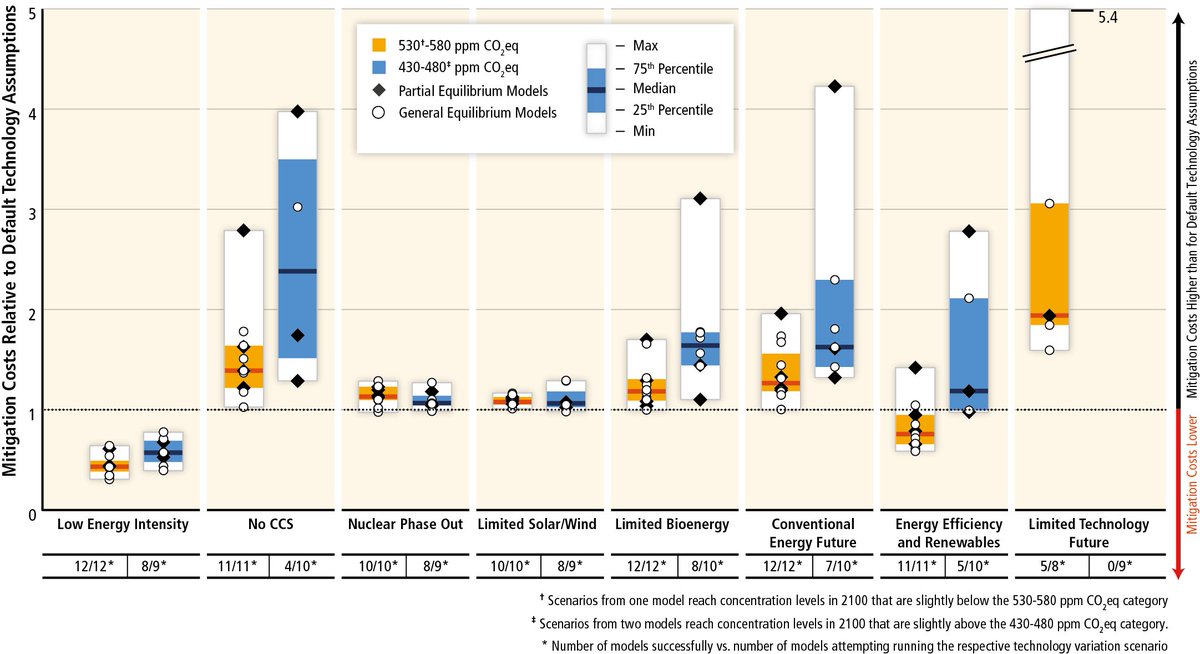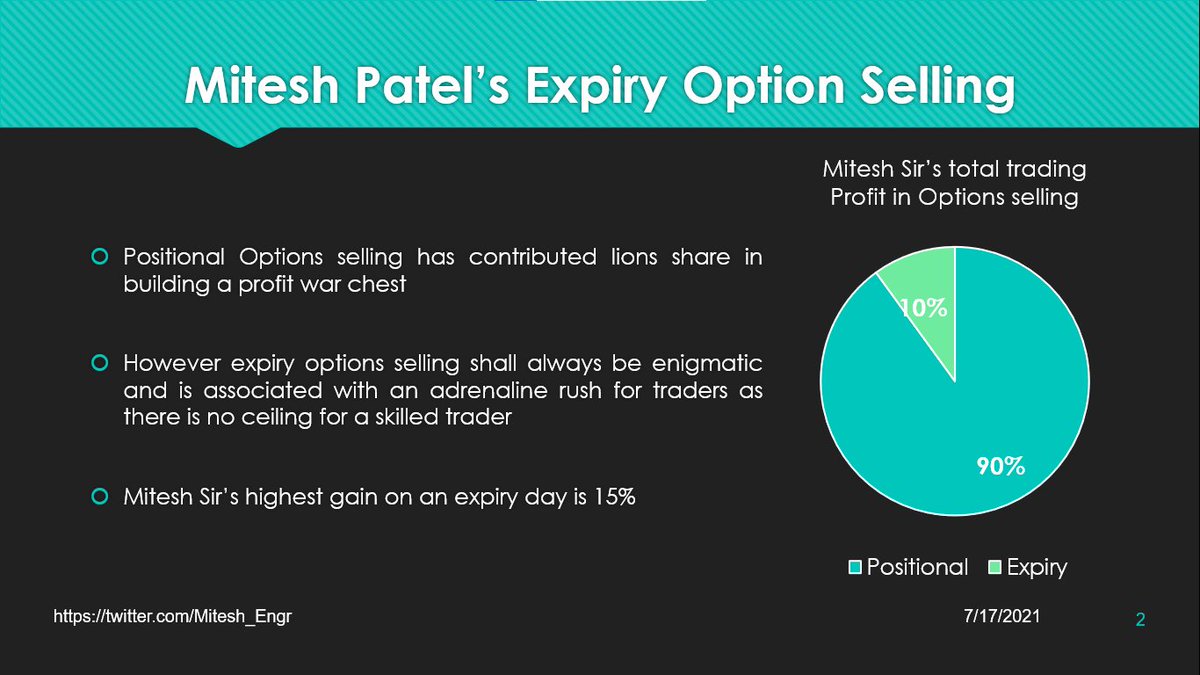1. Oil & gas companies still expect the world to consume large quantities of oil & gas in 2050. That view would seem to put the oil giants in conflict with the IPCC.
𝐈𝐧 𝐟𝐚𝐜𝐭, 𝐭𝐡𝐞 𝐨𝐩𝐩𝐨𝐬𝐢𝐭𝐞 𝐢𝐬 𝐨𝐟𝐭𝐞𝐧 𝐭𝐫𝐮𝐞...
@bstorrow
"It's just an element, a tool to explore different trajectories on the basis of the knowledge we have today & to see what ... might encounter."
Both critics & modelers agree such nuance is often lost
BP projected BECCS would reduce emissions by 1.5GtCO₂/yr in 2050.
Equinor didn't even model BECCS because it said the technology's future was too uncertain.
The IPCC sees BECCS capturing 3-7GtCO₂/yr in 2050
The pathways the models produce aren't necessarily the only ones possible. Most of the time, they're just the cheapest.
𝐖𝐡𝐚𝐭 𝐚𝐫𝐞 𝐈𝐀𝐌𝐬 𝐦𝐨𝐝𝐞𝐥𝐥𝐢𝐧𝐠?
What is cost-effective? We assume that this means discounting & optimising costs over the 100 years, assuming everything runs perfectly smoothly & everyone behaves, & we know everything (like costs).
The world is not this nice, unfortunately...
They could not model the cost effectiveness of this pathway. Is it cheaper or more expensive than a BECCS pathway? We don't know!
https://t.co/XnBaB1JDWZ
It is hard to trade-off supply-side & demand-side costs. This means we only estimate cost-effective on supply-side.
https://t.co/9lfUSFm8sp
https://t.co/WALF1IPZ9L

Is cost-effective, as defined in an IAM, the same as the real-world definition of cost-effective?
This is the question we need to address...
More from Economy
You May Also Like
Oh my Goodness!!!
I might have a panic attack due to excitement!!
Read this thread to the end...I just had an epiphany and my mind is blown. Actually, more than blown. More like OBLITERATED! This is the thing! This is the thing that will blow the entire thing out of the water!
Has this man been concealing his true identity?
Is this man a supposed 'dead' Seal Team Six soldier?
Witness protection to be kept safe until the right moment when all will be revealed?!
Who ELSE is alive that may have faked their death/gone into witness protection?

Were "golden tickets" inside the envelopes??

Are these "golden tickets" going to lead to their ultimate undoing?
Review crumbs on the board re: 'gold'.

#SEALTeam6 Trump re-tweeted this.

I might have a panic attack due to excitement!!
Read this thread to the end...I just had an epiphany and my mind is blown. Actually, more than blown. More like OBLITERATED! This is the thing! This is the thing that will blow the entire thing out of the water!
Tik Tok pic.twitter.com/8X3oMxvncP
— Scotty Mar10 (@Allenma15086871) December 29, 2020
Has this man been concealing his true identity?
Is this man a supposed 'dead' Seal Team Six soldier?
Witness protection to be kept safe until the right moment when all will be revealed?!
Who ELSE is alive that may have faked their death/gone into witness protection?

Were "golden tickets" inside the envelopes??

Are these "golden tickets" going to lead to their ultimate undoing?
Review crumbs on the board re: 'gold'.

#SEALTeam6 Trump re-tweeted this.

























